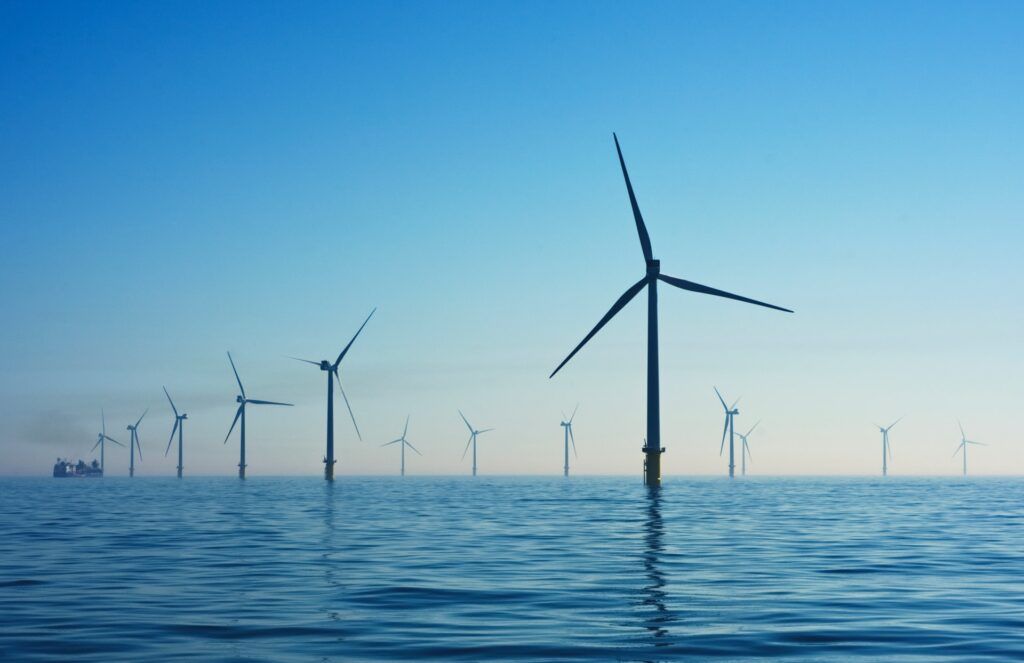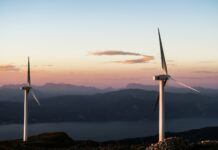The various types of renewable energy available
What Does It Mean When You Talk About Renewable Energy?
The term “renewable energy source” refers to the energy that is available indefinitely, such as sunlight.
It refers to energy sources that are not as harmful to the environment as traditional non-sustainable ones, such as coal.
Aside from renewable energy sources, alternative energy often use to describes non-traditional energy sources.
Facts About Renewable Energy:
By 2020, solar PV could provide 5% of world demand, and by 2030, it might provide up to 9%. In the year 2050, according to Waterhouse Cooper, Africa might be entirely dependent on renewable energy sources.
By 2050, renewable energy sources will be able to meet 95% of our energy demands.
The cost of solar PV panels has decreased by 99.5 percent during the last four decades.
With a value of over $250 billion, the global industry for renewable energy is booming today. Spending on renewable energy now outpaces spending on fossil fuels.
According to a study conducted in the United States, renewable energy generates three times as many jobs as traditional fossil fuel sources.
What’re The Efficiencies Of Renewable Energy Sources Like Solar And Wind?
Biomass & geothermal power both provide power at high-efficiency levels. There is a 50 percent contribution from biomass. Hydroelectricity contributes 26 percent, and wind energy contributes 18 percent. When it comes to renewable power, huge wind turbines propellers by airflow.
What Does The Term “Zero-Carbon” Mean?
In other words, nuclear energy is not weather-dependent, and it will play a significant role in getting the United Kingdom to net-zero emissions.
Which Renewable Energy Sources Do What And How
Wind power
They are becoming more common in the UK, where this power is contributing more and more to the national grid.
Wind power is a cheap and abundant renewable energy source.
Despite the availability of ‘off-grid or household generation devices, not every home can accommodate a wind turbine.
Wind turbines run generators, which subsequently pump electricity into the National Grid, in order to harness the power of the wind.
Energy derived from the sun(Solar Energy)
As one of the planet’s most abundant and free energy sources, sunlight is a valuable asset to us all.
It may sound like an ideal renewable energy source, but the quantity of solar energy we can utilize depends on the time of day and year as well as where we live.
In a single hour, more solar energy reaches the Earth’s surface than the globe needs in a complete year.
A growing number of people in the United Kingdom are turning to solar energy as a way to offset their energy needs.
Tidal energy
In contrast to other hydropower sources, tidal flow isn’t a constant, but it is very predictable, thus it can make up for low tide periods. Tidal energy is used to drive turbine generators in this hydroelectric power plant.
Hydroelectricity as a source of power(Hydro energy)
In terms of commercial development, hydropower is a renewable energy supply that ranks at the top.
When compared to solar and wind power, this is a more reliable energy source since it allows electricity to be stored for use when demand spikes.
A big reservoir utilizes to create a controlled water flow that drives a turbine and generates power by constructing a dam or barrier.
Hydro can be a more practical commercial energy source in some cases than wind, but depending on the property type, it can also be used for domestic, ‘off-grid,’ power generation.
Biomass Power Generation(Biomass Energy)
This is the process of turning plant-based solid fuel into electric power.
Biogenic energy produce with far less expense to both the economy and the environment than traditional fossil fuels.
Even though biomass still includes burning organic materials to generate electricity, the process is cleaner and more energy-efficient than it was in the past.
Because biomass is a byproduct of land, moisture, air, and the sun’s energy, it offers great promise as a safe, dependable, and sustainable type of power. The term “biomass” refers to the organic compounds derived from plants, including marine and terrestrial. Breathable CO2 is converted to sugars by photosynthetic organisms using the power of the wind. Sugars are suddenly transformed into greenhouse gas when Biomass is burned, releasing energy. Plants are the main source because they can be harvested and discharged quickly. Although atmospheric co2 was used to make energy sources, the process takes centuries rather than only a few years or longer of biomass.
Energy derived from geothermal sources(Geothermal energy)
Geothermal energy, which taps into a power source immediately beneath our feet, is insignificant in the UK compared to places like Iceland, where geothermal heat is much more readily available.
Geothermal energy utilizes to heat houses or creates electricity by tapping into the natural heat found deep beneath the earth’s surface.
Is There Any Form Of Energy That Isn’t Renewable?
Carbon dioxide emits into the atmosphere when we burn fossil fuels, and this pollution contributes to climate change and global warming.
As long as it comes from well-managed forests, wood is a renewable resource.
Compressed biomass fuels are more efficient than logs in terms of generating energy as well.
Burning wood, on the other hand, emits particulates into the environment.
By-products of the wood processing sectors use to make wood pellets and compressed briquettes, hence it might be argued that this is a form of waste recycling.
It’s better to use wood instead of coal, but the process is more difficult.
Renewable Energy’s Prospects For The Future
The development and spread of renewable energy sources crucial for ensuring a steady supply of electricity while also helping to mitigate climate change. The demand for energy to power our homes, businesses, and communities is increasing in tandem with the global population.
Your house and renewable energy
The benefits of domestically employing renewable energy are compelling:
The government’s Feed-in Tariff program rewards people who create their own electricity even if they don’t use it.
You can minimize your electricity costs by becoming less dependant on the National Grid. After you’ve paid for the expenditures of building a renewable energy system.
An average solar PV system can save between 1.5 and 2 tonnes of carbon annually, according to the Energy Saving Trust’s Solar panels page. When employing green, renewable energy, no carbon dioxide or other harmful pollutants emits into the atmosphere.
Obtain Feed-in Tariff payments by selling power back to the grid. If you are producing enough energy to export an excess back to the National Grid. You can obtain additional Feed-in Tariff payments.










